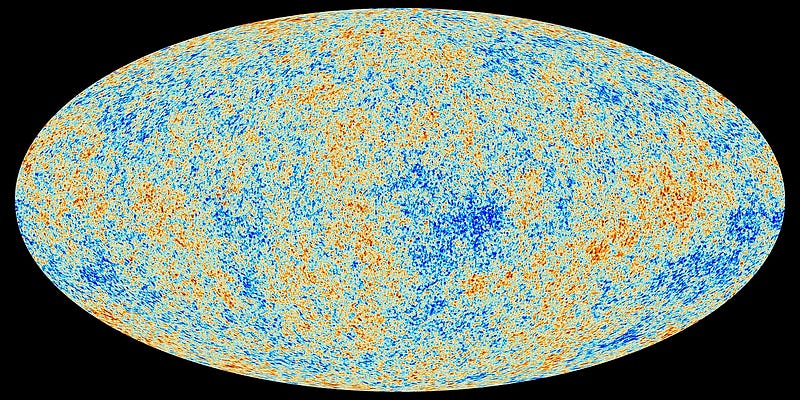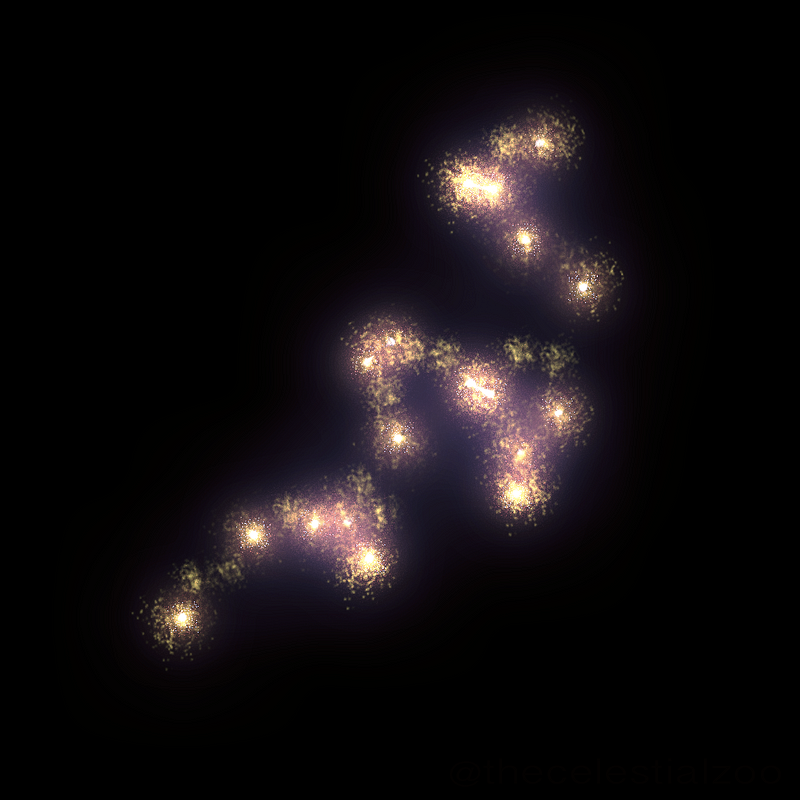Surprising Discoveries: Structures in the Cosmos That Defy Belief
Written on
Chapter 1: The Unexpected in the Universe
What should not exist in the cosmos? The revelation of massive structures in space has upended our comprehension of the Universe, which was long thought to be uniform.
The vastness of the cosmos mirrors the diversity found on Earth. However, when we zoom out, a sense of uniformity emerges. According to Einstein’s theory, the Universe only becomes homogeneous on a grand scale, spanning billions of light-years. At that scale, clusters of galaxies are evenly distributed, creating a consistent cosmic appearance in every direction.
Unanticipated Structures in Space
Despite the apparent uniformity, scientists have uncovered colossal structures that contradict theoretical expectations. This revelation has sent shockwaves through our understanding of the Universe.
The cosmos originated from an infinitesimally small sphere that harbored all matter and energy. Over 14 billion years of expansion, it has grown to immense dimensions. The observable Universe now spans approximately 92 billion light-years in diameter, surpassing the 28 billion light-years that light could have traversed since the separation from matter.
The rapid expansion of space has contributed to this vastness. Initially, the Universe was incredibly homogeneous, and its swift growth suggested that cosmic structures should be uniformly distributed. Irregularities that led to the formation of galaxies and stars emerged later, on a smaller scale.
At a macroscopic level, the Universe appears monotonous, implying that its structure should remain consistent everywhere. The anomalies responsible for the formation of galaxies and other celestial bodies were expected to be no larger than 1.2 billion light-years. However, astronomers have already identified structures that exceed this threshold.
Unusual Cosmic Phenomena
The Universe is not void; even in interstellar regions, individual stars, hydrogen atoms, and dust particles can be found. The Cosmic Microwave Background (CMB) permeates all of space, representing the earliest light in the Universe's history, akin to an echo of the Big Bang. Its average temperature is just above absolute zero.

The CMB has intrigued physicists for its apparent homogeneity. However, increasingly precise measurements have revealed slight temperature variations in different regions. A significant finding in 2004 identified a cooler area in the CMB, larger than anticipated. This cosmic void, nearly 2 billion light-years in diameter and 3 billion light-years away from Earth, hosts 10,000 fewer galaxies than the average for the Universe. According to András Kovács from Hungary’s Eötvös Loránd University, while the laws of physics allow for such anomalies, they should be rare occurrences. Yet, evidence suggests otherwise.
Quasars, extremely luminous galaxies visible from great distances, were once believed to be evenly dispersed throughout the Universe. However, in 2012, astronomers discovered a cluster of 73 quasars forming a massive band stretching 4 billion light-years—dubbed the Huge-LQG (Huge Large Quasar Group). Scientists continue to debate the accuracy of measurements leading to this discovery, but it is acknowledged that Huge-LQG is not the largest cosmic structure observed.

Gamma-ray bursts (GRBs) occur when a massive star concludes its life cycle, releasing vast amounts of energy in the form of gamma radiation. These bursts can be detected from distant galaxies. A research team from Hungary and the U.S. discovered that GRBs form a ring measuring over 5 billion light-years in diameter, a size nearly five times the theoretical limit suggesting a homogeneous Universe.
The most extensive known structure is the Great Wall in the Hercules-Northern Crown constellation, located 10 billion light-years away. This galaxy group was identified through gamma flare observations, similar to the previously mentioned ring. The discovery by a Hungarian-American team has captivated the scientific community. If further observations confirm its existence, this wall of galaxies could encompass about 1/10th of the known Universe.

Scientists are currently exploring the origins of these anomalies, proposing three intriguing hypotheses. The first suggests that these large structures might be illusions, as measurements for such distant objects carry a risk of error. The second hypothesis posits a "Matrix Glitch," theorizing that the Universe is a vast computer simulation with potential errors in its design. The third hypothesis entertains the possibility of other universes colliding with ours, potentially providing the first evidence that our Universe is not isolated.
What Else Is Out of Place in Space?
Beyond these colossal formations, other elements also seem out of place in the cosmos. Consider the following four examples:
- COSMIC DEBRIS— The increasing number of artificial satellites and devices orbiting Earth raises concerns about potential space junk that could threaten both other equipment and astronauts.
- ARMAMENTS— The militarization of space is becoming a reality, which raises the possibility that weapons could be deployed in space, jeopardizing the stability and security of the entire cosmos.
- RADIOACTIVE MATERIALS— Numerous space devices contain radioactive components that could pose a risk to life on Earth if a malfunction occurs.
- ANOMALOUS STRUCTURES— The existence of these enormous formations raises fundamental questions about our understanding of the Universe.

Thank you for reading! If you found this exploration of cosmic anomalies intriguing, consider supporting my work with a clap, donation, or tip. Your generosity enables me to continue creating valuable content.

The first video, "James Webb Telescope Detects a Structure that Should Not Exist," delves into the groundbreaking discoveries of the James Webb Telescope, showcasing how it has identified cosmic structures that challenge our existing theories.
The second video, "Another Blow to Big Bang! James Webb Telescope Detects a Structure that Should Not Exist," discusses how these findings question the foundational concepts of the Big Bang theory and highlight the potential for new understandings in astrophysics.